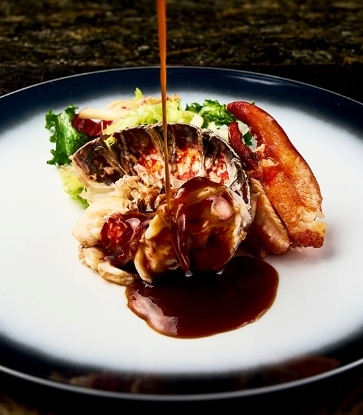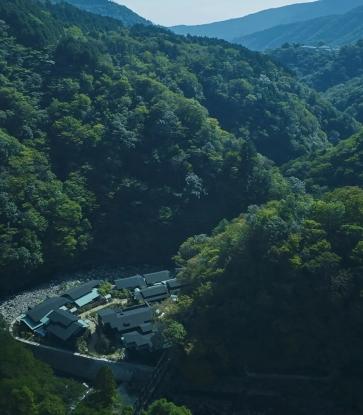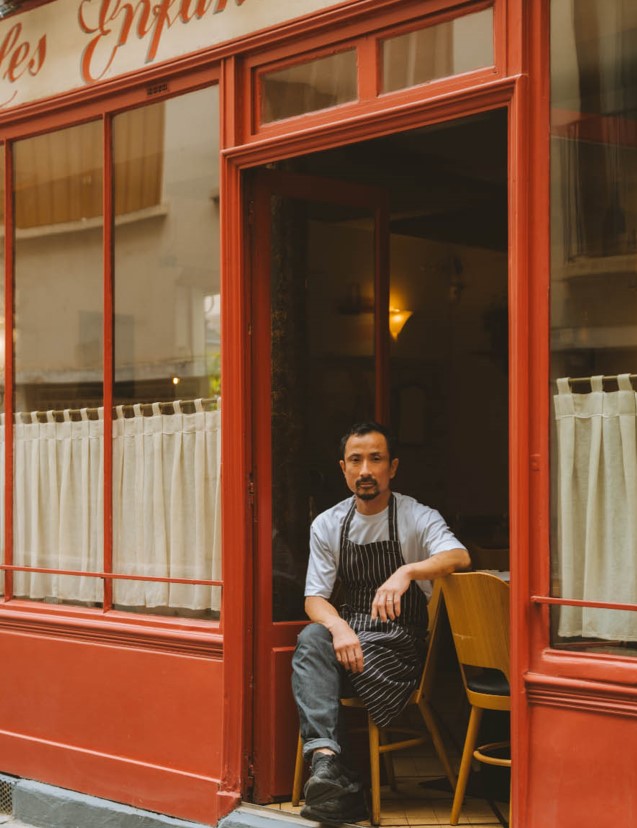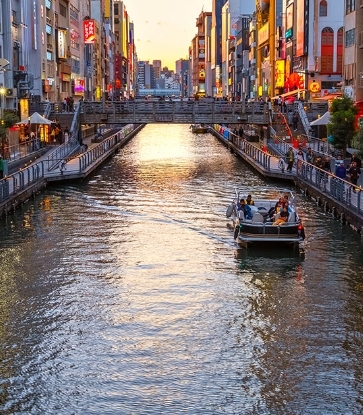Spring: Late March to June
Bright green shoots and flowers signal spring in Nara. Visitors flock to see the fleeting cherry blossoms from Nara Park to the mountains of Yoshino. It’s a time of renewal and optimism; of picnics, bike rides and visiting gardens in bloom. Late spring heralds peonies and newborn fauns and many shrines and temples hold colorful festivals.
Ishibutai Tumulus
This impressive megalith is believed to be the tomb of Soga no Umako, a powerful figure who worked closely with Prince Shotoku in the Asuka period (592~710) to promote Buddhism. At first, it was thought to be a stage for performances, but parts of a sarcophagus were found inside in the 1930’s. You can walk inside and marvel at the 75 ton stone that forms the roof. In springtime, the area is illuminated and live music concerts are held under the cherry blossom trees.

Summer: July to September
Long, warm nights are perfect for summer festivals and fireworks. In early summer, hydrangeas bloom and the rice planting begins in earnest. Many people return to their hometowns and rural areas come alive. Some temples hold evening illuminations, welcoming visitors with lanterns and candles. Escape to the cool mountains for hiking, swimming, rafting and watching fireflies.
Mitarai Valley
With many hiking trails, dramatic waterfalls and a suspension bridge, Mitarai Valley is one of the most outstanding scenic spots in the area, famous for its autumn foliage which contrasts with the emerald green river. The village of Tenkawa is a good starting point for hiking, with rest areas, shops and ryokan. You can also hike to Dorogawa Onsen in under two hours, or take the bus. Deep in the mountains and with infrequent bus services, you need to stay overnight to explore the area.

Autumn: October to November
As the days cool down, the mountains and rivers come alive with red, orange and yellow leaves. Koyo, autumn leaf viewing, is a favorite Japanese pastime, drawing hikers and photographers. It’s harvest time, when the new rice is celebrated and sake production starts. Rich orange persimmons and small radishes hang from house eaves to dry.
Odaigahara Plateau
This spectacular hiking course features a moss-draped forest, a beech forest, wild animals including deer. There is a parking area and visitor center at the start of the hike, and the path is quite easy. From the summit is a panoramic view of the surrounding countryside that in the autumn bursts with the rich color of turning leaves. The best time to visit is mid-October to early November when the various tree species are at their most brilliant.

Winter: December to Mid-March
Traditionally the “off-season” for tourism, winter is a chance to unwind and enjoy local life. Sake tasting and onsen bathing can be enjoyed. With occasional snow, the mountain trails tend to close, but there are many pleasant walks still possible in the lower lying areas. Visit museums and temples without the crowds, explore the back streets and chat with the locals. Winter offers a more intimate Nara experience.
Shunie Ceremony
The ritual, started in 752 by the priest Jitchu, is held to repent for our misdeeds and to pray for the welfare of the people as well as fruitful harvest in the new year. It takes place between March 1 and March 14 just before cherry blossoms bloom. This ritual is also known for the great flames of Otaimatsu torches used by the priest’ attendants to lead the monks to the main Nigatsudo Hall. This ritual attracts lots of people. The flames burning bright from Nigatsudo Hall are spectacular and worth seeing.

Learn More about Nara
Back to NARA, THE BIRTHPLACE OF JAPAN

















